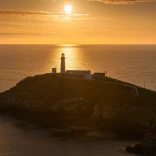Within its 568 acres, there’s a world of wonders waiting to be discovered, at the National Botanic Garden of Wales, from cascades and waterfalls to seeing some of the rarest plants on the planet. With many specially-themed areas, wonderful plant collections, sculpture, science, wildlife, water features, history, heritage, shopping and eating, it will take you more than a single visit to experience everything.
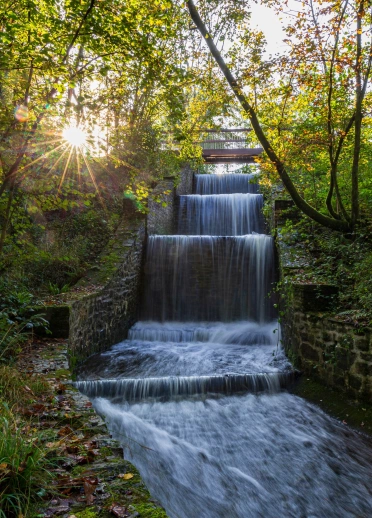

Winter
Grasses, dogwoods, evergreen shrubs, lichens and mosses provide the backdrop to your winter visit but look out for the winter-flowering jasmines and viburnums and make sure you include the Great Glasshouse on your itinerary, where the flowers of South Africa are beginning to burst into life from January.
The seasonal rains fill the lakes and ensure that, deep in the quiet winter woodland, the cascades and waterfall will be a dramatic draw and provide the perfect setting for a winter walk.
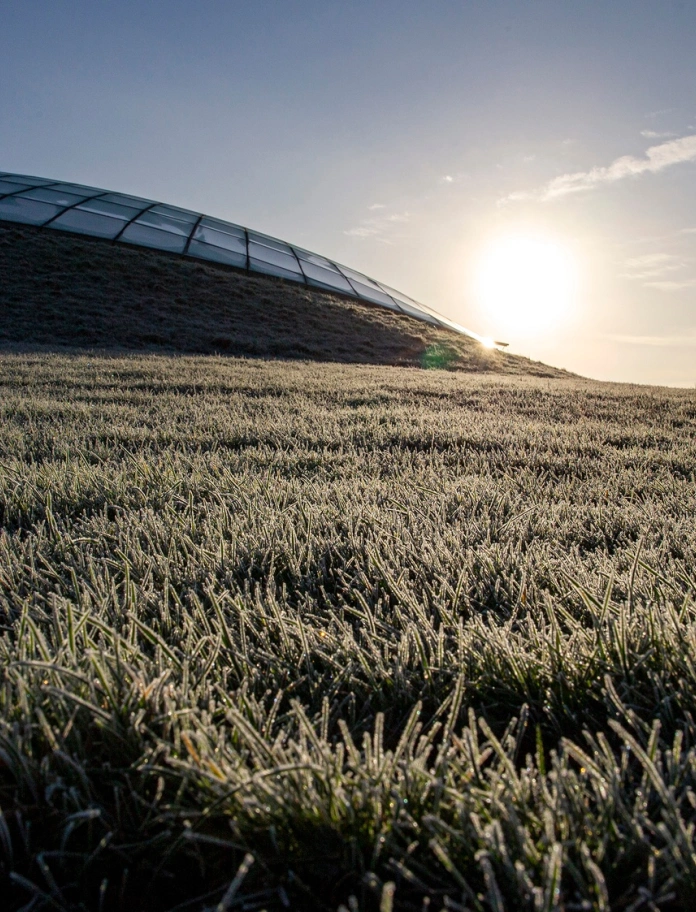
Spring
The Botanic Garden’s centrepiece is the awesome glass dome that is Lord Foster’s Great Glasshouse, home to one of the finest collections of mediterranean climate-zone plants in the world.
This setting for mediterranean climate-zone plants is a burst of colour in April and May when flowers from the Mediterranean, California, South Africa, Australia, Chile and the Canary Islands are in full bloom. Bright red bottlebrushes, boronias and brooms fill this creation with the scents of foreign holidays, while the sight of giant geraniums, towering echiums, luscious lilac, kangaroo paw plants and king protea will stop you in your tracks.
Outside, you will find dreamy drifts of snowdrops from mid-January along with wonderful witch-hazels, hellebores, crocuses, camellias and, of course, a host of golden daffodils.
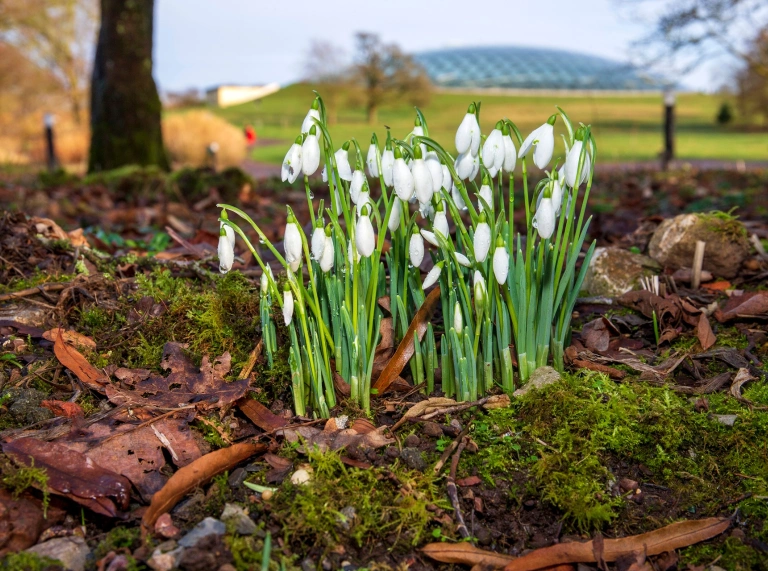
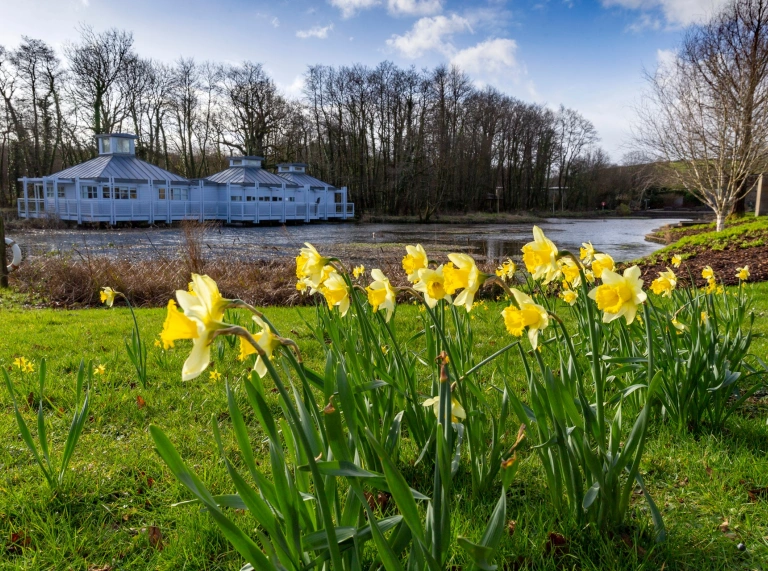
As things warm up, the various areas come into their own. Spring in the Chelsea Gold Medal-winning Japanese Garden is now garlanded by 100 newly-planted cherry trees and the nearby Springwoods is alive with bluebells. The historic Double-Walled Garden boasts magnolia, tulips, irises and alliums.
In the restored landscape, the woodland floor is awash with anemones and bluebells and the spring rains bring the water features to a thunderous crescendo. Watch out for elusive otters, kingfishers, herons, nuthatch, tree creepers, dippers and waterfowl.
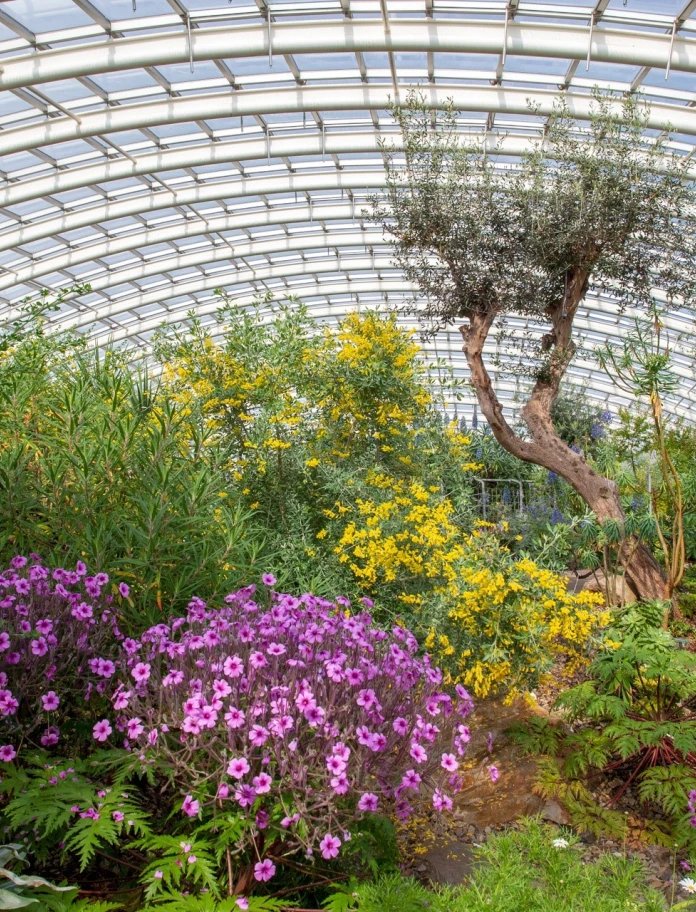
Summer
The Wild Garden is soon a riot of colour as spring turns to summer and the wildflower meadows reveal a treasury of orchids and other almost forgotten, stunning countryside wildflowers like ragged robin, yellow rattle, knapweed, great burnet and eyebright.
It is a great time, too, to explore the pastures of the organic farm, where the trees and hedgerows throng with whitethroats and flycatchers. Much less wild are the rare-breed white-faced Balwen sheep, which dot the hillside dressed in their dark brown fleeces, along with a herd of Welsh Black cattle.
Meanwhile, things are heating up in the Great Glasshouse and the steamy Tropical House, where exotic blooms and rare plants catch the eye. In the heat of the day, the cool woodland areas are a welcome respite as is a tranquil lakeside walk. There are showstoppers around every corner, whether that be the glorious colour corridors of the Double Walled Garden, the quiet paths through beguiling slate beds or the damp delights of the Bog Garden and the groovy, gravelly Boulder Garden.
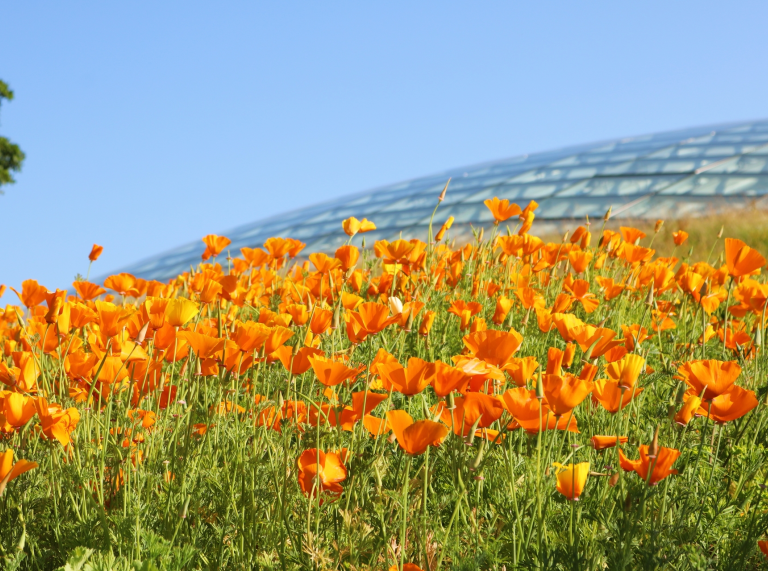
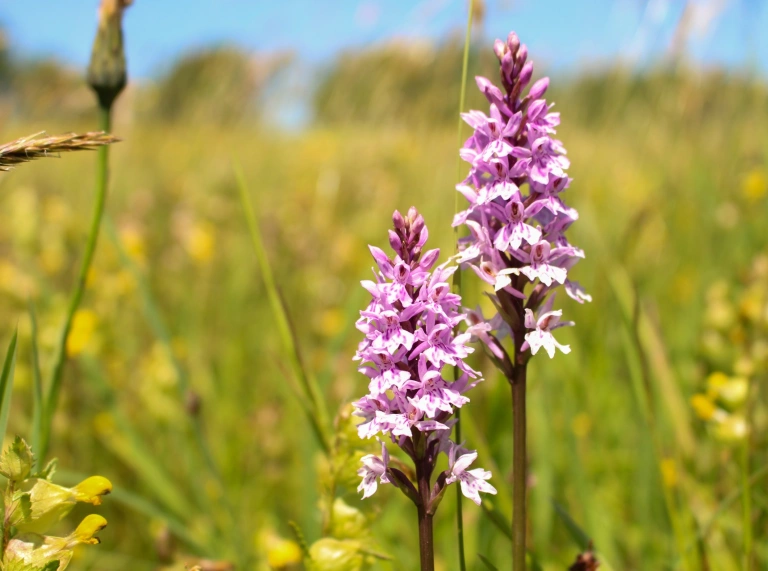
As the holidays arrive, the Garden is filled with families following trails, taking tours and enjoying all sorts of fun and games. Take time to spot wildlife and let children enjoy the play areas.
Autumn
As temperatures ease, through the light September mists a riot of autumn colour emerges. The vistas around the Great Glasshouse, the lakesides, the woodlands, the zen-like Japanese Garden and the soft, swaying ornamental grasses provide a stunning palette underscored with red hot pokers, asters, dahlias, maples and autumn crocuses.
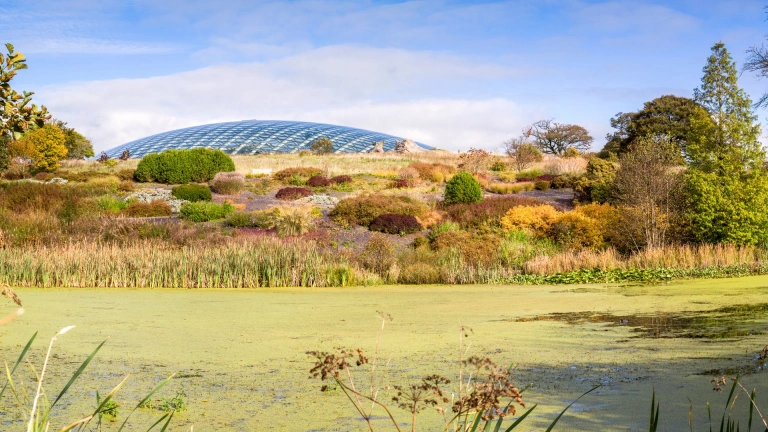
Make sure you follow the Autumn Tree Trail that will transport you from the Tulip Tree to towering oaks and chestnuts, hornbeams, maples and Dawn Redwood.
Out on the national nature reserve in the sheep-chewed pasture, something magical is happening. Every October, the wild waxcap meadows become a treasure hunt for rare fungi. Seek out Cae Waxcap and be prepared to be amazed at the brightly coloured red, green and yellow fungi nestling like improbable gems in the tufty grass.
Another must for autumn is the ambitious Arboretum, where trees and shrubs from around the world are grown with wild collected seed - planted for the future and growing fast. Here you will find monkey-puzzle trees, South American yew, Himalayan pine, Japanese elm and much more.
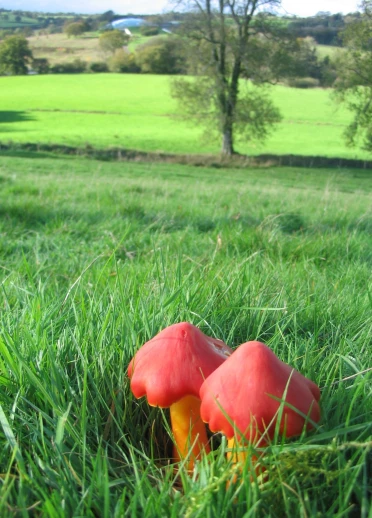
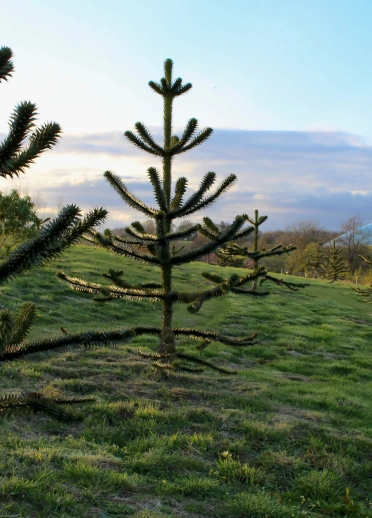
Further information
The Botanic Garden is open seven days a week, 10am-6pm (10am-4pm in winter) – closed Christmas Eve and Christmas Day.
Every Monday and Friday is ‘Doggy Day’. Bring your pooch for a mooch!
For more information about admission, what’s on and the gardens in general, visit the National Botanic Garden of Wales website.
Keep up with the latest news via their social media channels:




